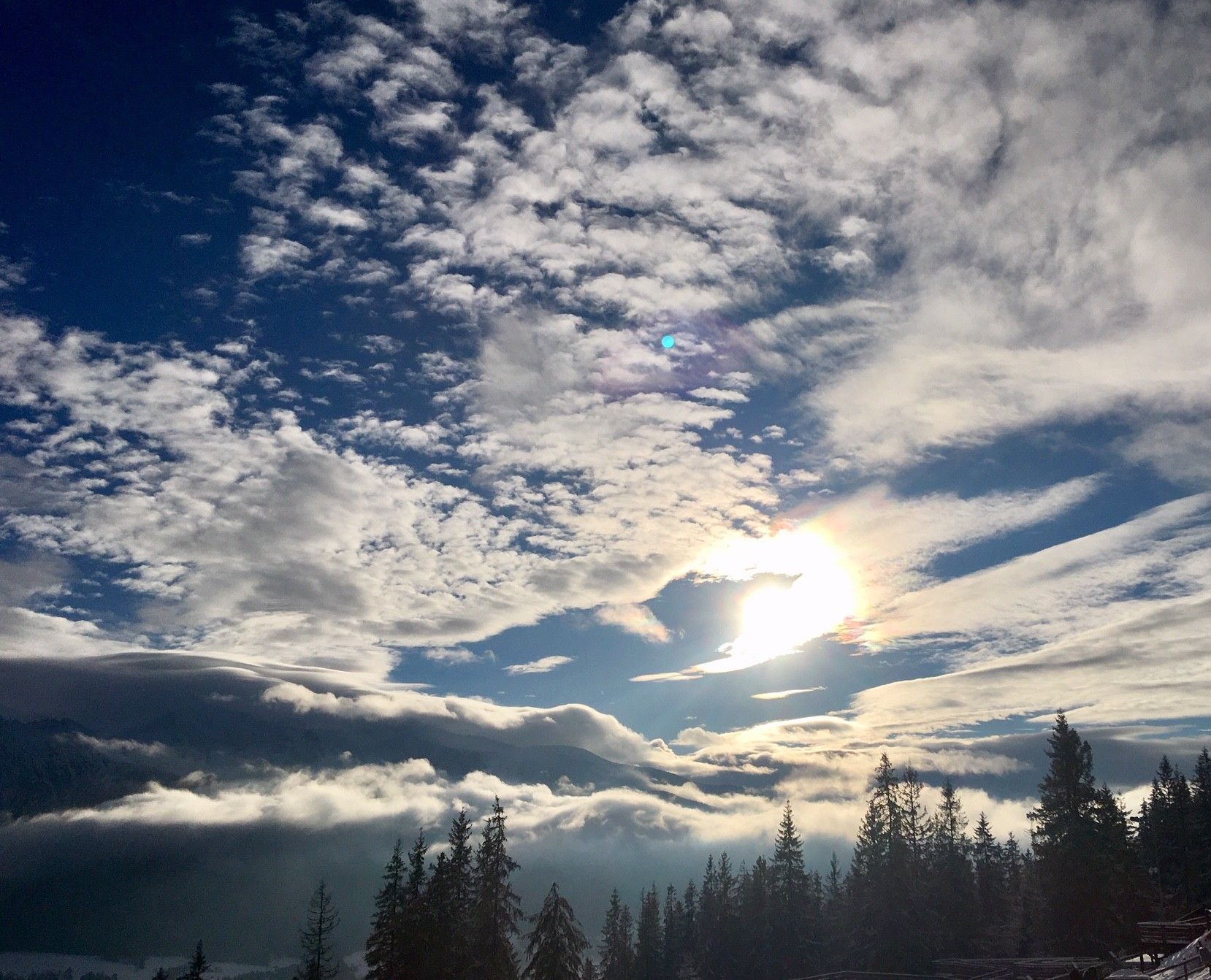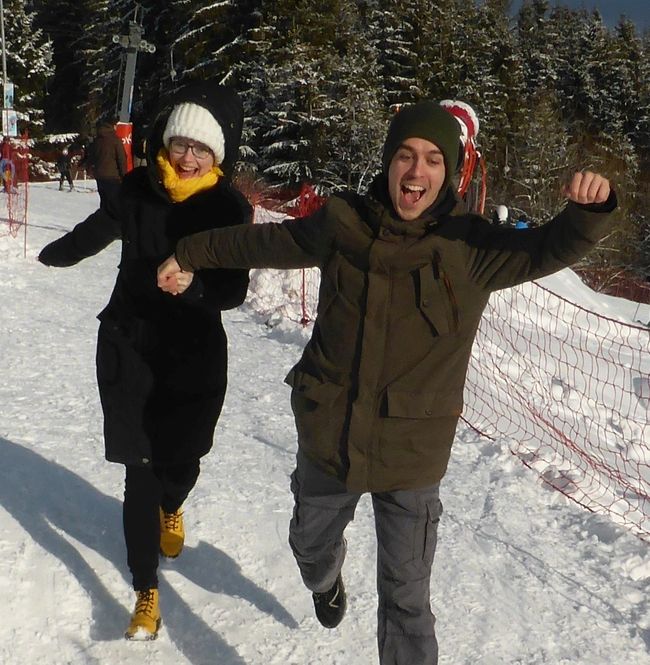Visiting the Cradle of Culture
ಪ್ರಕಟಿಸಲಾಗಿದೆ: 09.12.2020
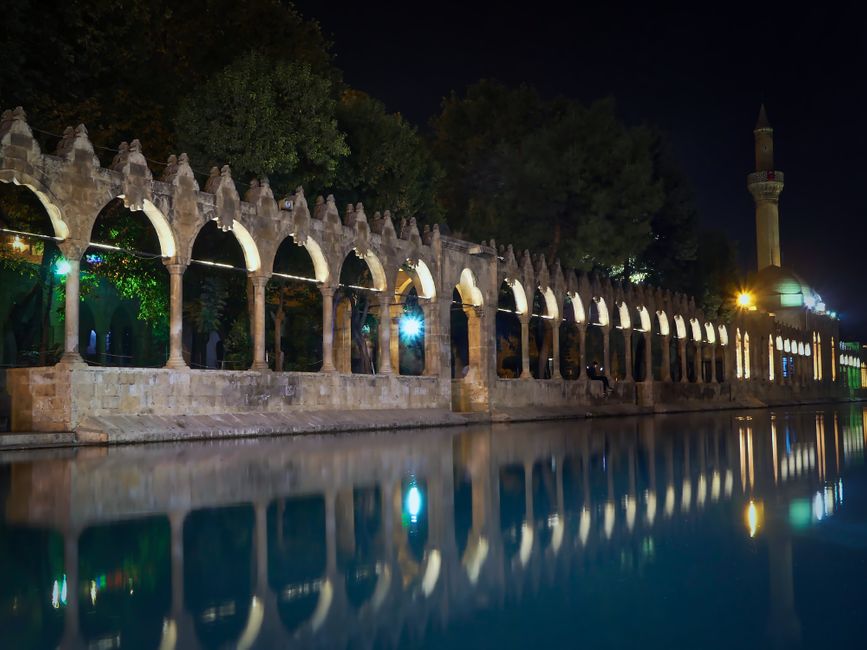
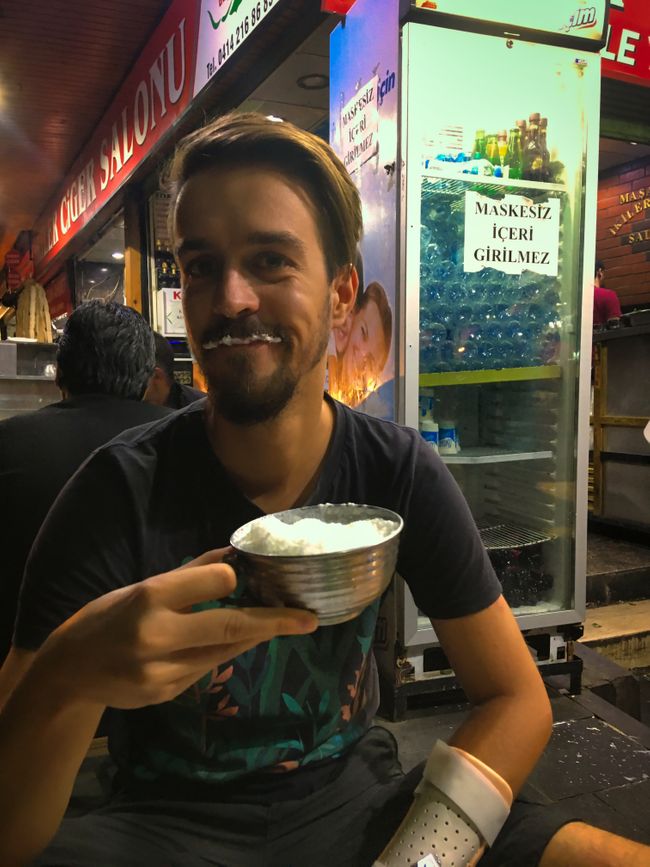
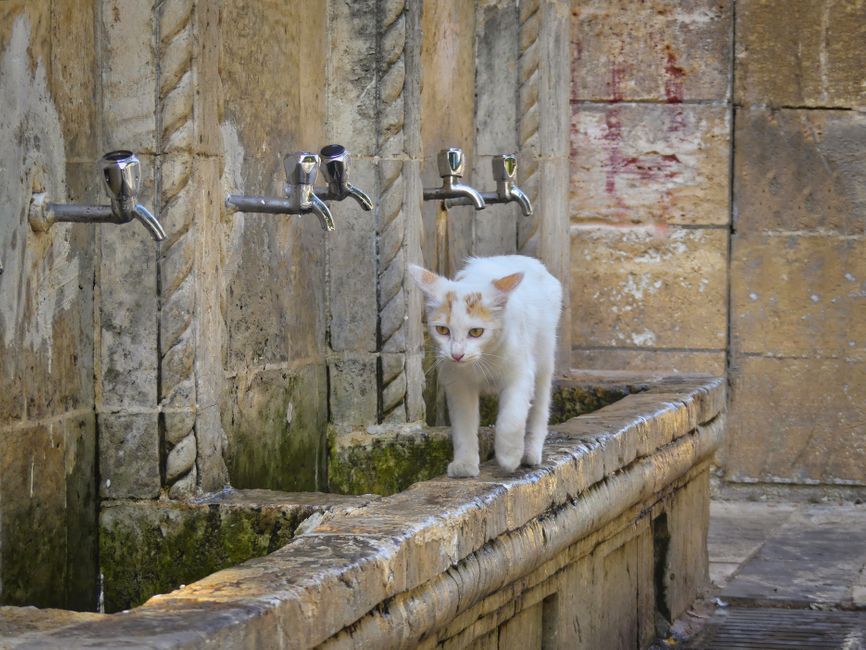
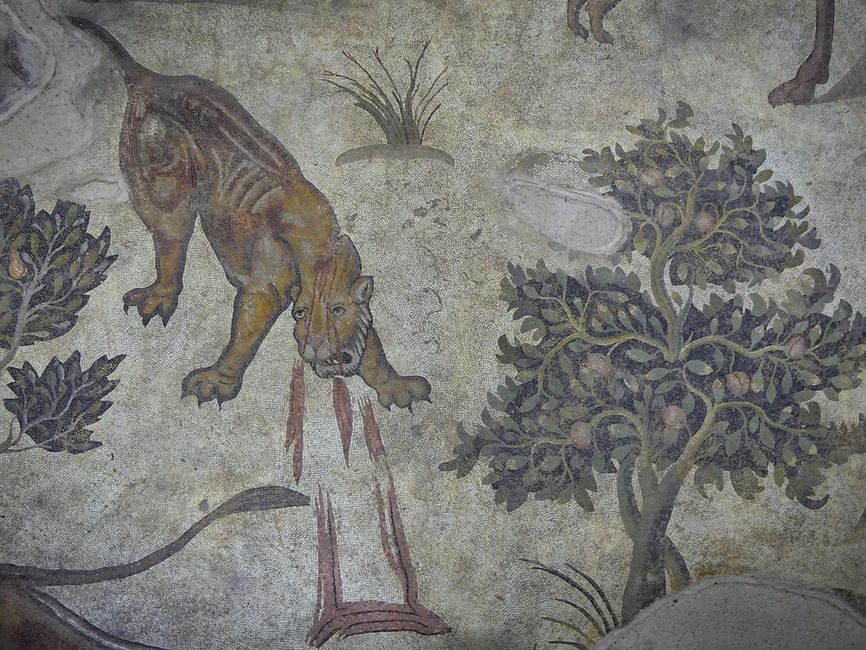
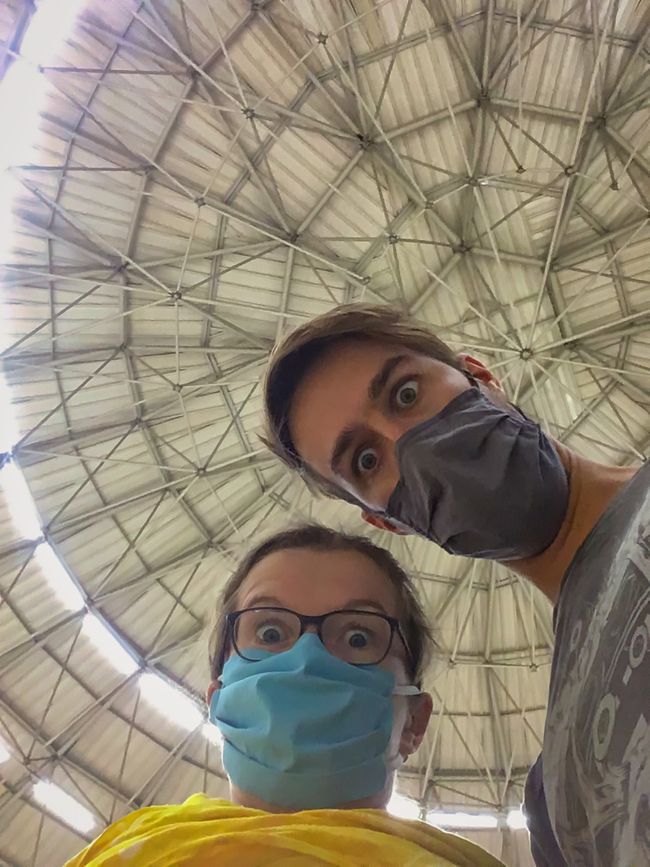
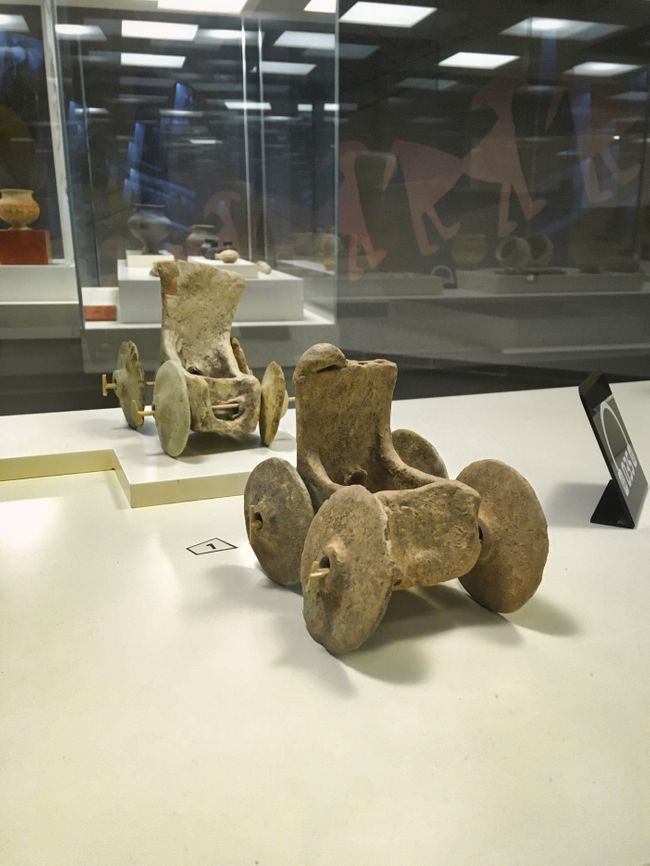
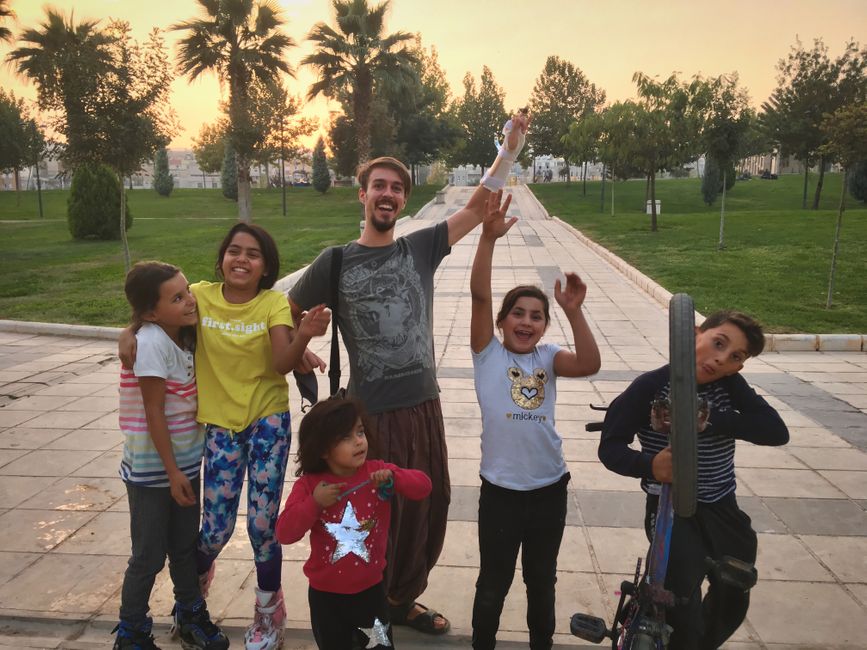
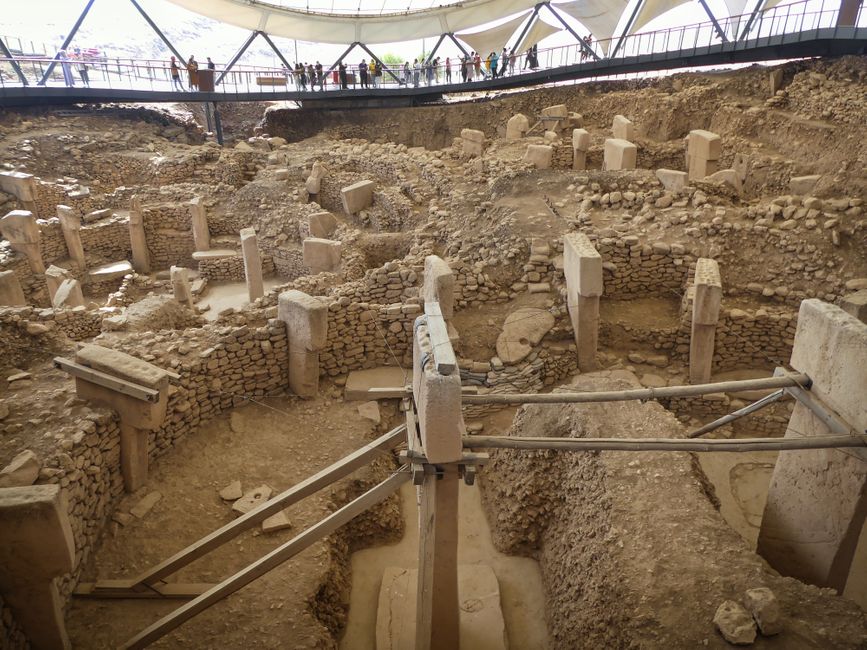
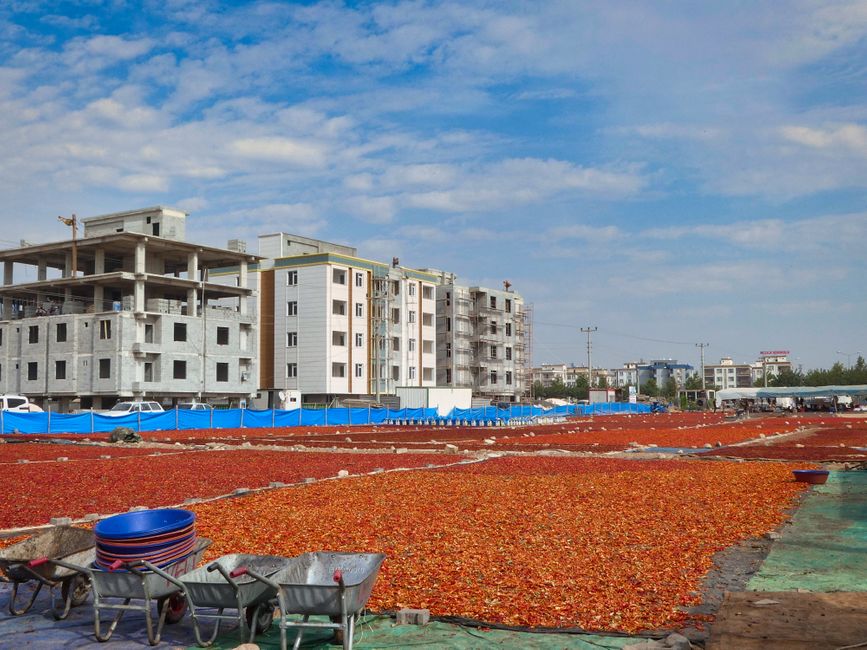
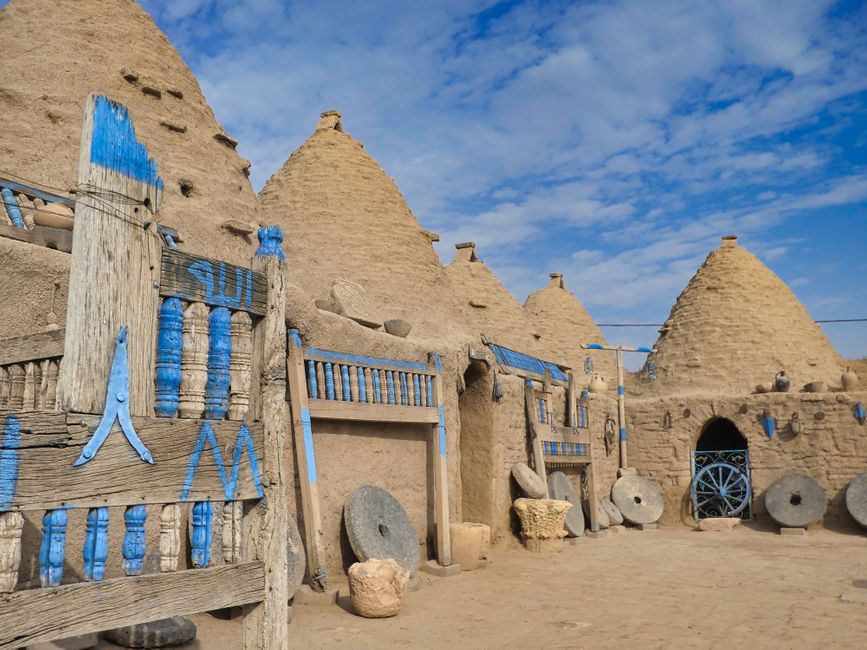
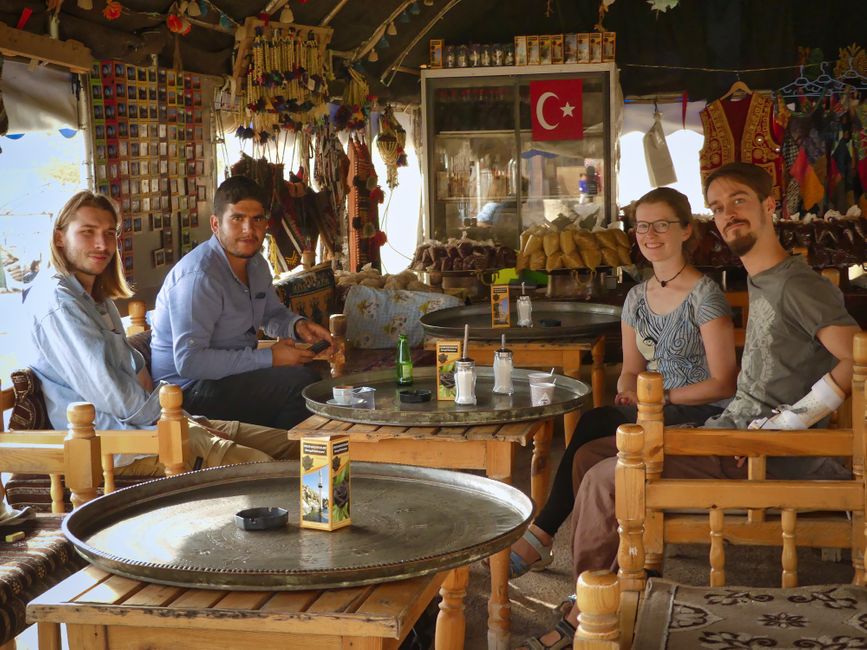
ಸುದ್ದಿಪತ್ರಕ್ಕೆ ಚಂದಾದಾರರಾಗಿ
English version below.
Urfa. How can one describe this impressive city? Narrow streets between tall, old houses, apparently constructed without the help of an urban planner. A conglomerate of buildings; even Google Maps provides limited help with orientation. Children and adults gather on the street to play and chat, small shops sell delicious fruits, and you can try sweets and frothy Ayran. In contrast to the Mediterranean regions, which are already very westernized, this city feels very oriental to us.
Urfa is believed to be the birthplace of Abraham (Ibrahim), making it the fifth holiest place in Islam. The evenings here are picturesque, with illuminated mosques and the lake with holy fish. These fish cannot be caught and therefore grow enormously large. A girl dances with a balloon, families take photos and feed the fish with food sold in small bowls. We sit in a slightly elevated café with a view of the mosque, the lake, and the citadel on the opposite mountain. The evening prayer is broadcasted from the mosque to the outside. Sung by two prayer leaders, it underscores the peaceful atmosphere; a contrast to the police patrols walking around with guns at the ready.
The children in Urfa seem very authentic to us. They do not seem overwhelmed by the media and are very direct in their reactions. They are happy when we meet them, talk to them, and express concern and surprise when they see Stefan's finger trainer. After visiting the well-made mosaic museum, we sit outside in a restaurant and are approached by five children. Stefan's injured finger serves as an excellent conversation starter, and after discussing the worst injuries, fractures, and gunshot wounds suffered by them and their relatives, they ask us for food. After a short consideration, we decide to invite them all to have soup together, so we sit at the table and the children try to teach us words in their native language. After the meal, the five children show us their skills by performing somersaults, cartwheels, and other tricks. However, they are not ready to let us go yet and, to our embarrassment, they quickly and shamelessly plunder the city's rose bed to thank us. Eventually, our paths separate after numerous goodbyes and a small photo session.
The next day, we rent a car and drive on dusty roads to Göbekli Tepe, the excavation site of the oldest temple in humanity. We admire the up to 6-meter-high pillars adorned with animals and imagine what it was like here 12,000 years ago when the nomadic tribes erected this monument.
On the way to Harran, we pass a place where small red peppers are dried on a huge area. The smell is very intense. So, this is where our red pepper spice comes from.
As we arrive in Harran, we are immediately greeted by Mahmut, a tour guide. He shows us the ruins of the historic university, the castle, and the so-called beehive houses. These constructions made of clay and straw have natural air conditioning due to constant air exchange and are therefore ideal for the extremely hot climate here. To our surprise, Mahmut reports that this land used to be very fertile and green in the time of the great spice caravans. But in fact, we are in former Mesopotamia, the fertile crescent. Unfortunately, agriculture is now only possible here due to the massive Atatürk Dam, which is a blessing for this region and generates 10% of the electricity in Turkey, but only allows a limited amount of water to flow through the Euphrates into Syria.
So, what do we take home from our visit to this area where humanity began to settle, where the common roots of the three world religions lie? It is a region full of contrasts. Common roots, but ongoing conflicts, great hospitality, but also poverty and the daily struggle to earn a living. A rich cultural heritage, well preserved and protected, but still threatened by ecological disasters.
The visit to Urfa leaves us pensive. We would have liked to stay longer, but the next stop on our journey awaits us.
Visiting the Cradle of Culture
As we travel further east, we arrive in the city of Urfa. How to describe this impressive town? Narrow streets between high, old houses, seemingly built without the help of an urban planner. It's a conglomeration of houses, and even maps only help to a certain extent. Children and adults gather outside. Small shops sell delicious fruits, and you can try sweets and frothed Ayran on most street corners. The town seems very oriental to us, not having given way to westernization.
It is believed that this is the birthplace of the prophet Abraham (Ibrahim) and is therefore considered the fifth holiest place in Islam. In the evening, the city is picturesque with its illuminated buildings and the lake with holy fish, which should not be caught and, therefore, grow impressively large. A little girl dances with a balloon, families take pictures by the lake or while feeding the fish. We sit in a café on a hillside, overlooking the mosque, the lake, and the citadel on the opposite hill. The evening prayer is broadcasted from the mosque to the outside. Sung by two men, it contributes to the peaceful atmosphere; a contrast to the police patrols walking around with their guns at the ready.
The children in Urfa seemed strangely authentic to us, not yet inundated by the media and very direct in their reactions. They genuinely enjoy meeting us and express concern and surprise when they see Stefan's highly sophisticated finger-training device. After visiting the well-constructed and well-maintained mosaic museum the next day, we are approached by five children while sitting in a restaurant. They start a conversation with us, and Stefan's injured finger serves as an excellent opener. After discussing the worst injuries, fractures, and gunshot wounds suffered by them and their relatives, they ask us for food. After a short consideration, we decide to treat them all to soup, and we sit together at the table. After the meal, the children show us their skills by doing cartwheels, somersaults, and various other tricks. However, they are not ready to part with us just yet and, to our embarrassment, they quickly and shamelessly plunder the city's rose bed to thank us. Finally, we part ways after many farewells and a little photoshoot.
The next day, we rent a car and drive along dusty roads to Göbekli Tepe, the excavation site of the oldest monument of humankind. We marvel at the 6-meter-high pillars adorned with various animal shapes and wonder what it was like here 12,000 years ago when it was erected by nomadic tribes.
On our way to Harran, we pass by many cotton fields and a huge area where small red peppers are dried. It looks like an ocean of red and smells very intense. So, this is where our red pepper spice comes from.
As we arrive in Harran, we are promptly greeted by tourist guide Mahmut, who shows us the ruins of the historic university, the castle, and the so-called beehive houses. These houses, made of straw and clay, have natural air conditioning and remain cool in the extreme heat. To our surprise, Mahmut tells us that the land here used to be very fertile and green during the time of the great spice caravans. After all, we are in the region known as the fertile crescent, ancient Mesopotamia. Unfortunately, now it more closely resembles a desert, and agriculture is only possible due to the water from the massive Atatürk Dam. While it is a blessing for this region and generates 10% of Turkey's electricity, it limits the amount of water that flows through the Euphrates into Syria.
So, what do we take home after visiting the sites where mankind started to settle, where the three world religions have their common roots? It is an area of contrasts. Common roots, but ongoing conflicts; great kindness, but also poverty and the daily struggle to earn a living. A rich cultural heritage, well-preserved and protected, but still threatened by ecological catastrophes.
The visit to Urfa leaves us pensive. We would have loved to stay longer, but our next destination is already waiting for us.
ಸುದ್ದಿಪತ್ರಕ್ಕೆ ಚಂದಾದಾರರಾಗಿ
ಉತ್ತರ
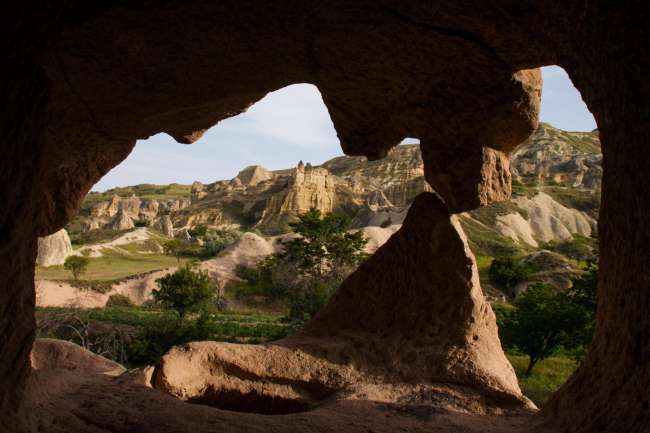
ಪ್ರಯಾಣ ವರದಿಗಳು ಟರ್ಕಿ
